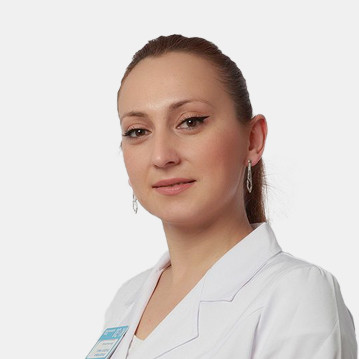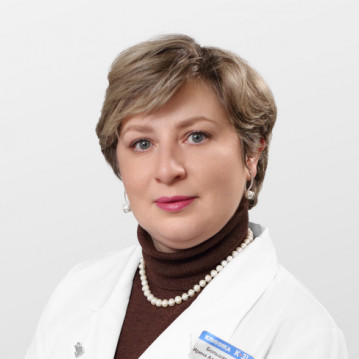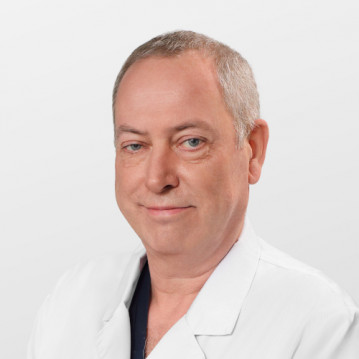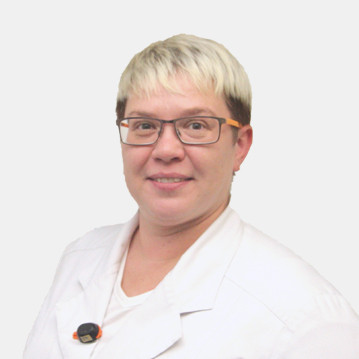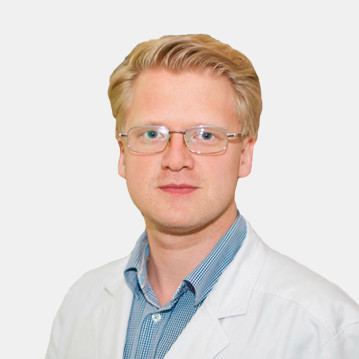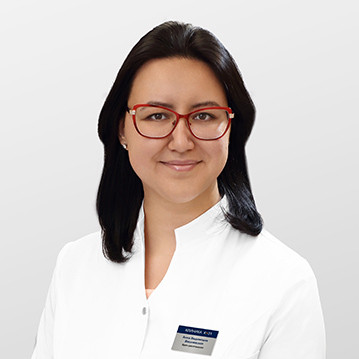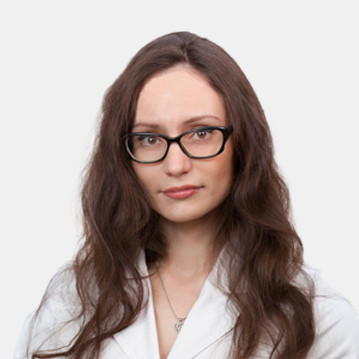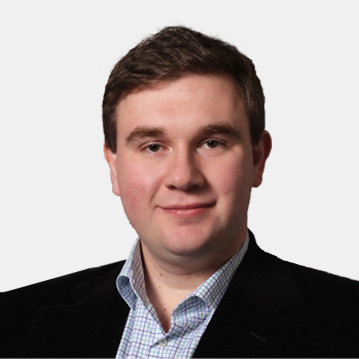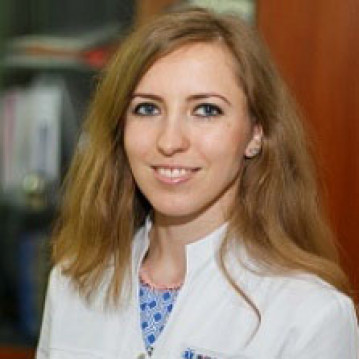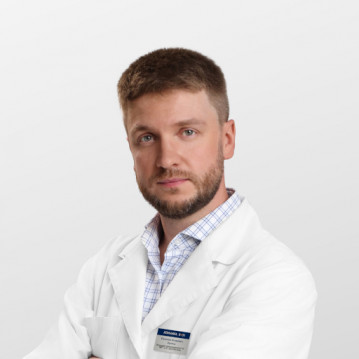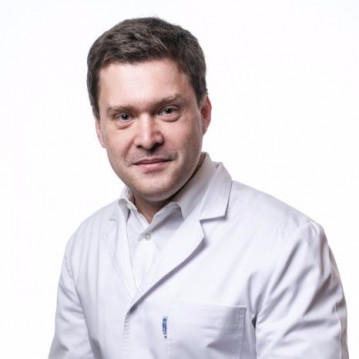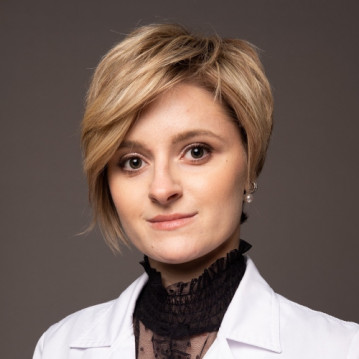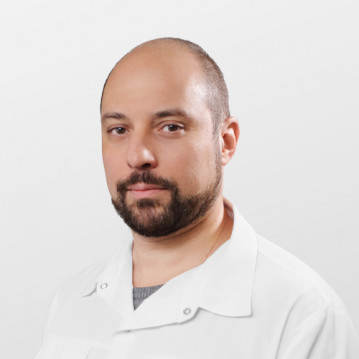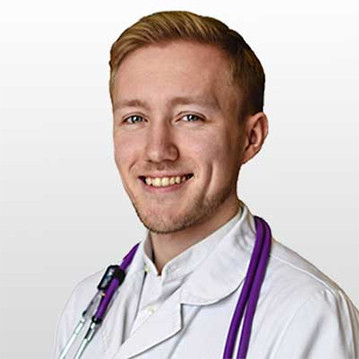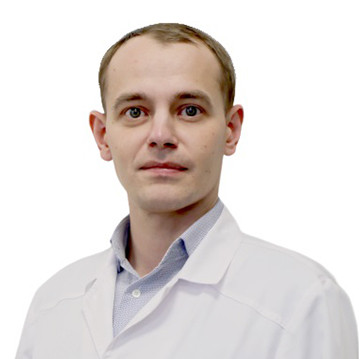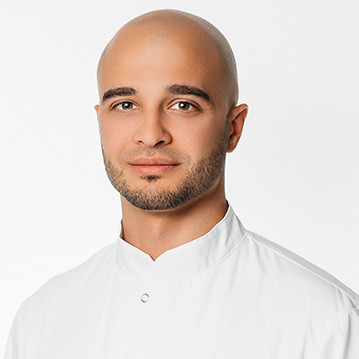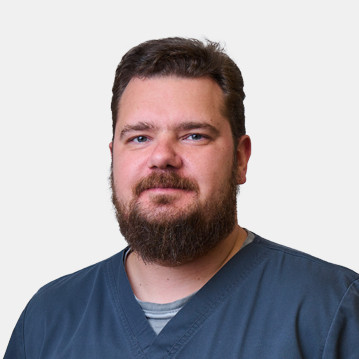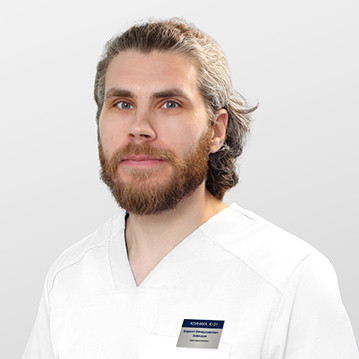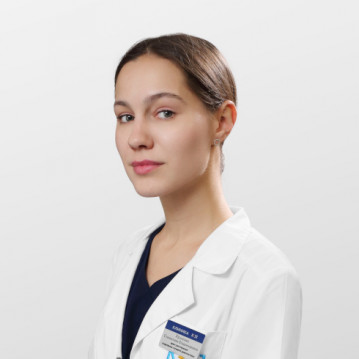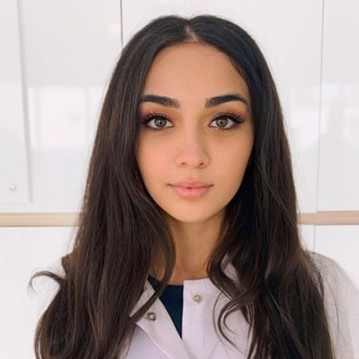Computed tomography of the maxillofacial region is a highly informative diagnostic method that is widely used in dentistry.
A CT scan of the jaw provides a three-dimensional image of the tooth. The technique allows you to see the anatomical features of the teeth, dental roots and canals, to find out the state of the jaw bone tissue. The results of dental computed tomography are widely used in pediatric dentistry, therapeutic, surgical, orthopedic, orthodontic treatment.
You can make a CT scan of the jaw in Moscow at the medical center "K+31". The clinic is equipped with modern equipment and offers a wide range of diagnostic services, including the latest types of CT.
Types of computed tomography
Conventionally, CT can be divided into four types:
- Linear. One of the simplest types of tomography, used to diagnose any part of the body.
- Spiral (SKT). A faster method, which is characterized by a low radiation load on the body. This is ensured by the fact that the components of the tomography ring rotate in the middle of the device.
- Multispiral (MSCT of the jaw). A more advanced CT method that is used to diagnose hard and soft tissues. When it is carried out, the sensors are located around the entire perimeter of the tomographic ring. This makes it possible to increase the speed of work, the quality of images and reduce the level of radiation exposure to the body.
- Cone beam (CBCT). The latest achievement in the field of computed tomography. It is used to diagnose pathological changes in the bone structures of the skull.
CBCT in Moscow on modern equipment is carried out in the medical center "K+31". The procedure is performed by experienced diagnosticians who are familiar with all the features of the technique, which guarantees its safety and effectiveness.
CT of the jaws: what is it
Diagnosis is based on the use of X-rays. During the scan, a generator in the tomograph machine generates beams that pass through the human body. In this case, part of the energy that is captured by a special detector is lost. Next, the computer evaluates the difference between the initial beam energy and its amount at the output. A computer system generates and writes data onto X-ray film. As a result, the diagnostician receives a three-dimensional image.
CT of the two jaws gives the doctor the opportunity to detect any pathological processes and disorders in the structure of the patient's bone tissues. Thanks to this, you can evaluate the state:
- Paranasal sinuses.
- Upper and lower jaw.
- Crowns and fillings.
- Canals, roots and impacted teeth.
CT is a highly accurate diagnosis that makes it possible to identify various pathologies of the jaw and evaluate their parameters. In addition, CT of the jaw is widely used for implantation of teeth, obtaining information about the condition and size of blood vessels, maxillary sinuses, canals, and the temporomandibular joint. This allows you to accurately select the size and shape of the implant.
With the help of modern tomographs, it is possible to separately perform CT of the upper jaw and CT of the lower jaw.
Currently, CT is the optimal and most accurate method for diagnosing the dentoalveolar system.
Cone beam computed tomography (CBCT) of the jaw
CBCT is a subspecies of computed tomography, which refers to modern radiological methods. The study has a higher level of safety and accuracy compared to conventional computed tomography.
CBCT in dentistry is an opportunity for the doctor to:
- Assess the condition of the patient's dental system.
- Examine the dimensions of the alveolar process of the lower or upper jaw.
- To control the placement of implants in the oral cavity.
- Visualize the temporomandibular joint.
- Assess the positioning of impacted teeth.
- Examine the condition of the inner ear and temporal bone.
- Get data on the health of the paranasal sinuses.
Computed tomography of the maxillofacial region can also be used to assess the condition of the bones of the facial skeleton after an injury or in preparation for plastic surgery. The price of diagnostics depends on a number of factors: the equipment used, whether a contrast agent was used, etc.

